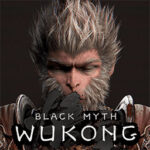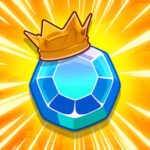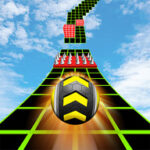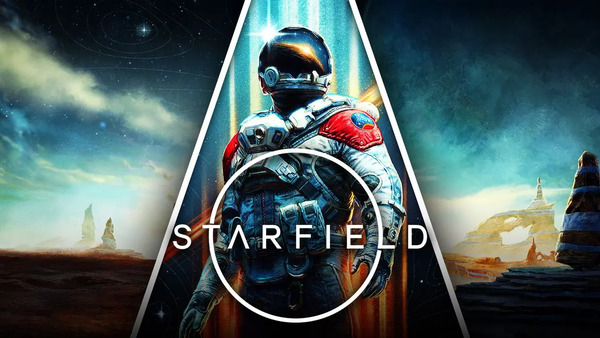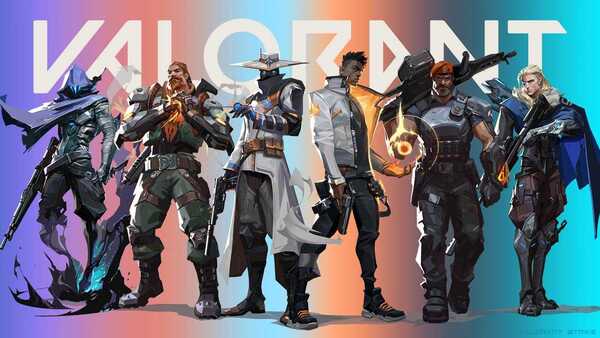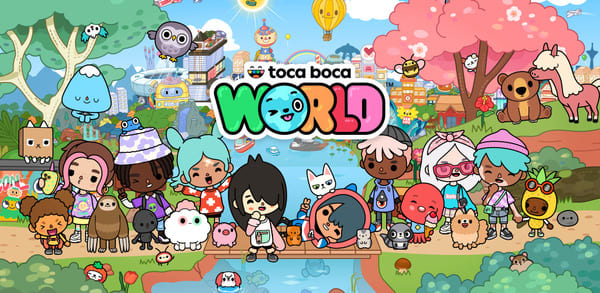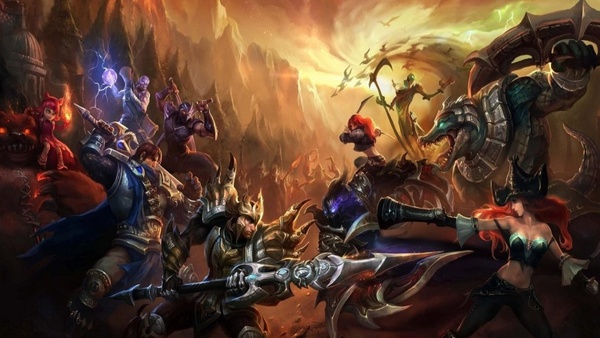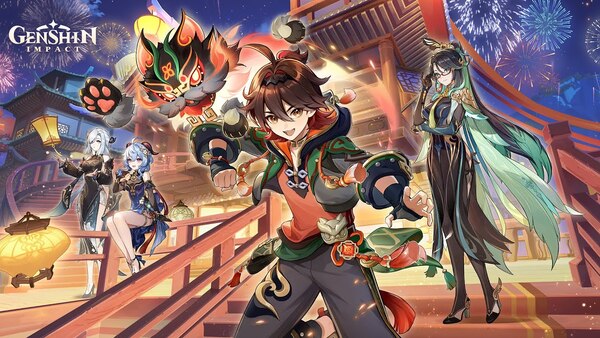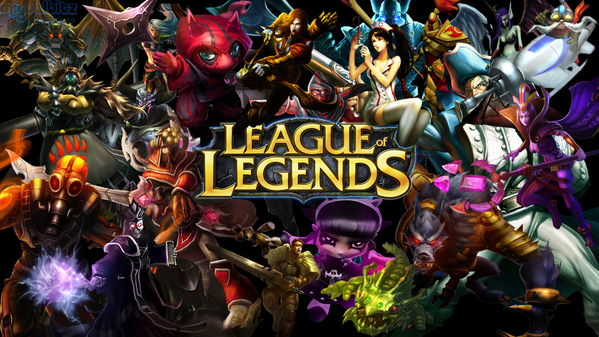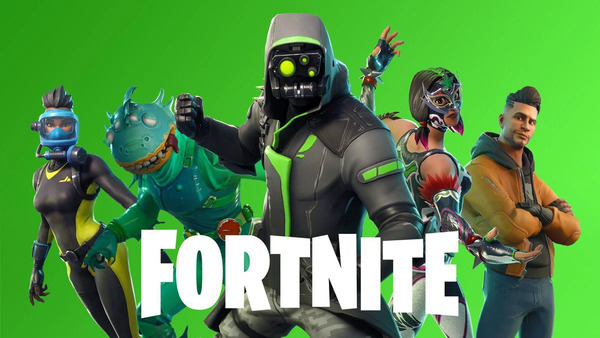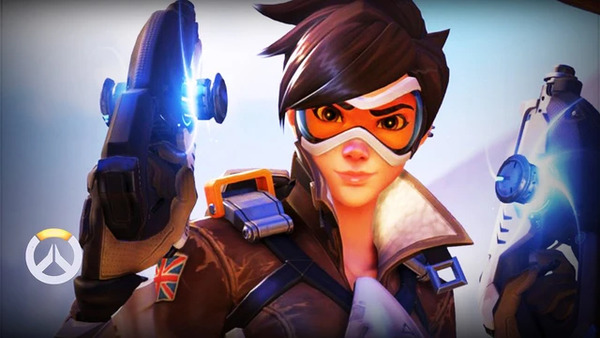Introduction: A Fusion of Fashion, Fantasy, and Fun
Gacha Club, developed by Lunime, is a vibrant, feature-packed anime-style game that exploded in popularity shortly after its release in June 2020. As the sequel to the hit Gacha Life, this title takes everything fans loved—customization, storytelling, and character design—and adds a new twist: combat-based RPG gameplay. Available for Android, iOS, and Windows, Gacha Club is entirely free to play with no in-app purchases, setting it apart from many mobile games in the same genre.
But beyond the cute avatars and flashy outfits lies a surprisingly deep game—one that blends dress-up creativity with team-based RPG mechanics, making it a hit with both casual players and anime enthusiasts.
1. The Evolution from Gacha Life to Gacha Club
Before Gacha Club, Gacha Life redefined the casual character creation genre. Gacha Life introduced players to custom anime avatars and storytelling through skits and roleplay. However, it lacked depth in terms of gameplay loops.
What Changed?
-
Combat system introduced with Gacha Club.
-
Over 180 characters to collect and battle.
-
Expanded studio mode for creating scenes and animations.
-
Improved character customization and item variety.
Why It Matters:
Gacha Club successfully transforms from a purely creative tool into a hybrid game—blending fashion, fantasy, and interactive gameplay.
2. Character Customization: Creativity Without Limits
Character customization in Gacha Club is nothing short of astounding. With over 600 poses, hundreds of hairstyles, and detailed color options, players can bring virtually any anime character—or original creation—to life.
Customization Features:
-
10 character slots + 90 extra units.
-
Thousands of combinations of clothing, accessories, weapons, and pets.
-
Full RGB color wheels for skin, eyes, clothes, etc.
-
Editable profile cards, names, ages, and personality traits.
Studio Power:
Gacha Club’s Studio Mode lets players place characters in scenes, add text, and create entire stories, roleplays, or comic strips. The community has turned this into an art form.
3. Gacha System and Unit Collection
The term “gacha” comes from Japanese capsule toy machines, and in Gacha Club, the system follows suit. Players spend in-game currency (not real money) to summon units for battle.
How It Works:
-
Gems and Bytes are earned through gameplay.
-
Gacha summons are randomized, featuring rarities from 1 to 6 stars.
-
No real money involved—entirely free-to-play.
Gacha Club vs. Other Gacha Games:
-
No pay-to-win mechanics.
-
Rates are transparent and generous.
-
Encourages strategy over spending.
4. Battle Mode: A Simple but Strategic RPG
Unlike its predecessor, Gacha Club offers a full-blown battle mode where players form teams and fight waves of enemies in an auto-battler format.
Gameplay Features:
-
Team of 7 characters + 5 back-up units.
-
Elemental system (Fire, Water, Dark, Light, etc.).
-
Skills, buffs, and debuffs add layers of strategy.
-
Four primary modes: Story, Training, Tower, and Shadows of Corruption.
Combat Depth:
Although automated, battles require:
-
Smart team-building.
-
Efficient leveling and upgrading.
-
Elemental matchups to counter enemy weaknesses.
5. Mini-Games and Farming Resources
In addition to the main battle mode, Gacha Club features mini-games that allow players to farm resources like gems, gold, and enhancement materials.
Popular Mini-Games:
-
Lemo & Yuni Dance!: A rhythm-based game.
-
Usagi vs. Lemo: Endless dodging challenge.
-
Memory Match: A simple card game.
These games offer a break from combat while helping progression, making resource grinding feel less repetitive and more interactive.
6. Graphics, UI, and User Experience
Gacha Club’s visual style is bright, colorful, and distinctly anime. The interface is relatively user-friendly, though some screens can feel overwhelming to new users due to the vast options available.
Art Style Highlights:
-
2D chibi-style anime characters.
-
Hundreds of vivid background environments.
-
Clean, vibrant UI that appeals to younger audiences.
UX Observations:
-
Some menus have small text on mobile.
-
No ads, so navigation is uninterrupted.
-
Tutorial tooltips help but can be skipped for advanced users.
7. Community and Content Creation
The Gacha Club community is massive, loyal, and creative. Thousands of fan-made videos, character builds, and original stories flood platforms like YouTube, TikTok, and Instagram.
Content Types:
-
Mini-movies and music videos.
-
Original characters (OCs) with backstories.
-
Gacha memes and challenge series.
Educational Value:
Many young players use Gacha Club to:
-
Develop storytelling skills.
-
Practice animation techniques.
-
Learn character design and composition.
This game is often a first step into content creation, particularly for aspiring digital artists and storytellers.
8. Updates, Compatibility, and Technical Performance
Gacha Club is available on:
-
Android
-
iOS
-
Windows PC
Technical Overview:
-
Lightweight (under 200MB).
-
Runs smoothly even on low-end devices.
-
Occasional bugs, especially with asset loading.
Update Cycle:
-
Infrequent updates since 2021.
-
Lunime announced Gacha Club 2 is in development.
-
Community is still highly active despite slow development.









